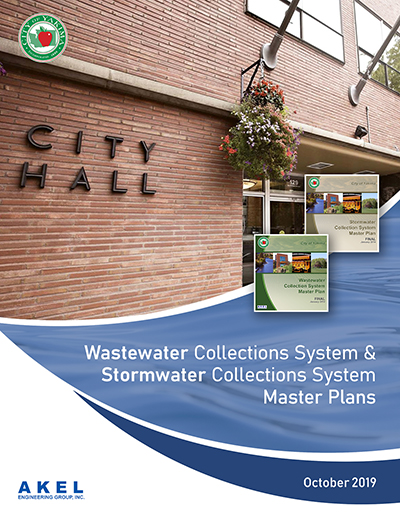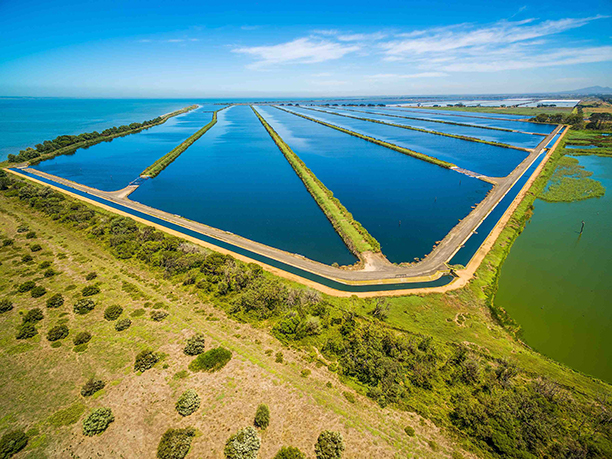Akel Engineering Group provides exceptional hydraulic modeling services and master plan development for stormwater infrastructure. Our approach to hydraulic modeling allows us to optimize stormwater drainage systems and effectively predict required improvements to meet the latest industry standards in stormwater collection and disposal. We are proud to partner with Dr. Jack Humphrey of Hydmet Inc. to provide comprehensive hydraulic and hydrologic planning services. In keeping with our integrated master planning approach, we are able to assist our clients in moving in parallel across their wet infrastructure system when projecting improvements.
CUSTOMIZED APPROACH
Our services for stormwater drainage planning include:
Representative Projects: Stormwater
2021 Stormwater Collection System Master Plan
City of Yakima, Washington

2018 Integrated Infrastructure Master Plans – Risk and Condition Assessment
City of Morgan Hill


